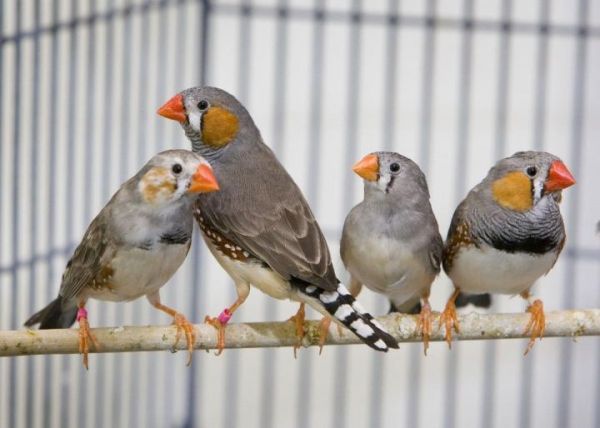Insights into how songbirds learn to sing provide promising clues about human speech disorders and may lead to new ways of treating them, according to new research published in the journal eLife.
There are about 9,000 species of birds, about half of which are songbirds. When these birds sing, the activity of a master gene called FoxP2 declines in a key region of the brain involved in vocal control known as Area X. The decrease in FoxP2 produces changes in the activity of thousands of other genes.
FoxP2 also plays an important role in speech in humans. Stephanie White, a UCLA professor of integrative biology and physiology and senior author of the study, thinks FoxP2 and the changes it causes could be a part of the molecular basis for vocal learning. In both humans and birds, cells process this gene in a way that produces both a full-length protein and a shorter version of the protein. The long version regulates other genes; what the short version does remains a mystery. Humans with a mutation in the long version have problems with their speech.
To prevent this decline in Area X, White’s research team used methods similar to human gene therapy to insert a version of FoxP2 in male zebra finches. After doing so, when the birds sang, instead of their FoxP2 levels declining, the levels remained high. This uncoupling of FoxP2 levels from the birds’ singing impaired their song learning.
Read more at University of California - Los Angeles
Image: The research team studied male zebra finches, which learn to sing a courtship song from 35 to 100 days after hatching. (Credit: Reed Hutchinson/UCLA)


